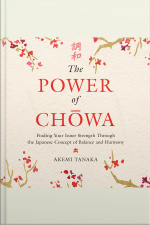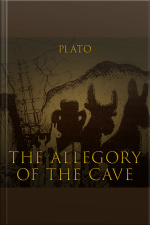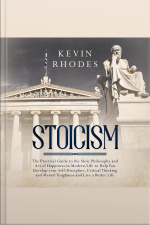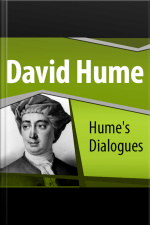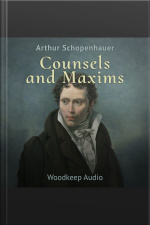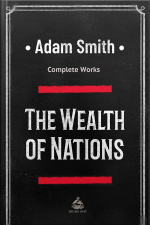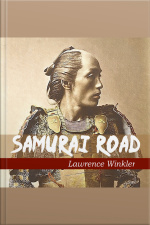For fans of Hygge and Lagom comes this inspiring guide that introduces the Japanese wisdom of chowa—the search for balance—to help us find harmony and peace in every area...
The Allegory of the Cave appears in Plato’s Republic and compares the effect of education and the lack of it on human nature. It is written as a dialogue between Plato's brother...
If you want to learn the Ancient Stoic secrets of a life well lived and how to practically implement them in your own life then keep reading… Do you want to learn the ancient...
David Hume's Dialogues Concerning Natural Religion had not yet been published when he died in 1776. Even though the manuscript was mostly written during the 1750s, it did not...
Counsels and Maxims is a classic work by noted German philosopher Arthur Schopenhauer. His work has influenced some of the modern world's greatest thinkers, including Carl Jung,...
The term particularly applies to the Corpus Hermeticum, Marsilio Ficino's Latin translation in fourteen tracts, of which eight early printed editions appeared before 1500 and...
In this, his first book, Nietzsche developed a way of thinking about the arts that unites the Greek gods Apollo and Dionysus as the central symbol of human existence. Although...
The book offers one of the world's first collected descriptions of what builds nations' wealth, and is today a fundamental work in classical economics. By reflecting upon the...
The Analects, also known as the Analects of Confucius, is a collection of sayings and ideas attributed to the Chinese philosopher Confucius and his contemporaries, traditionally...
Most remote islands of the imagination conjure up paradise. Japan is an archipelago of puzzlement, lost to the rest of the world for two and a half centuries.From the sands that...
